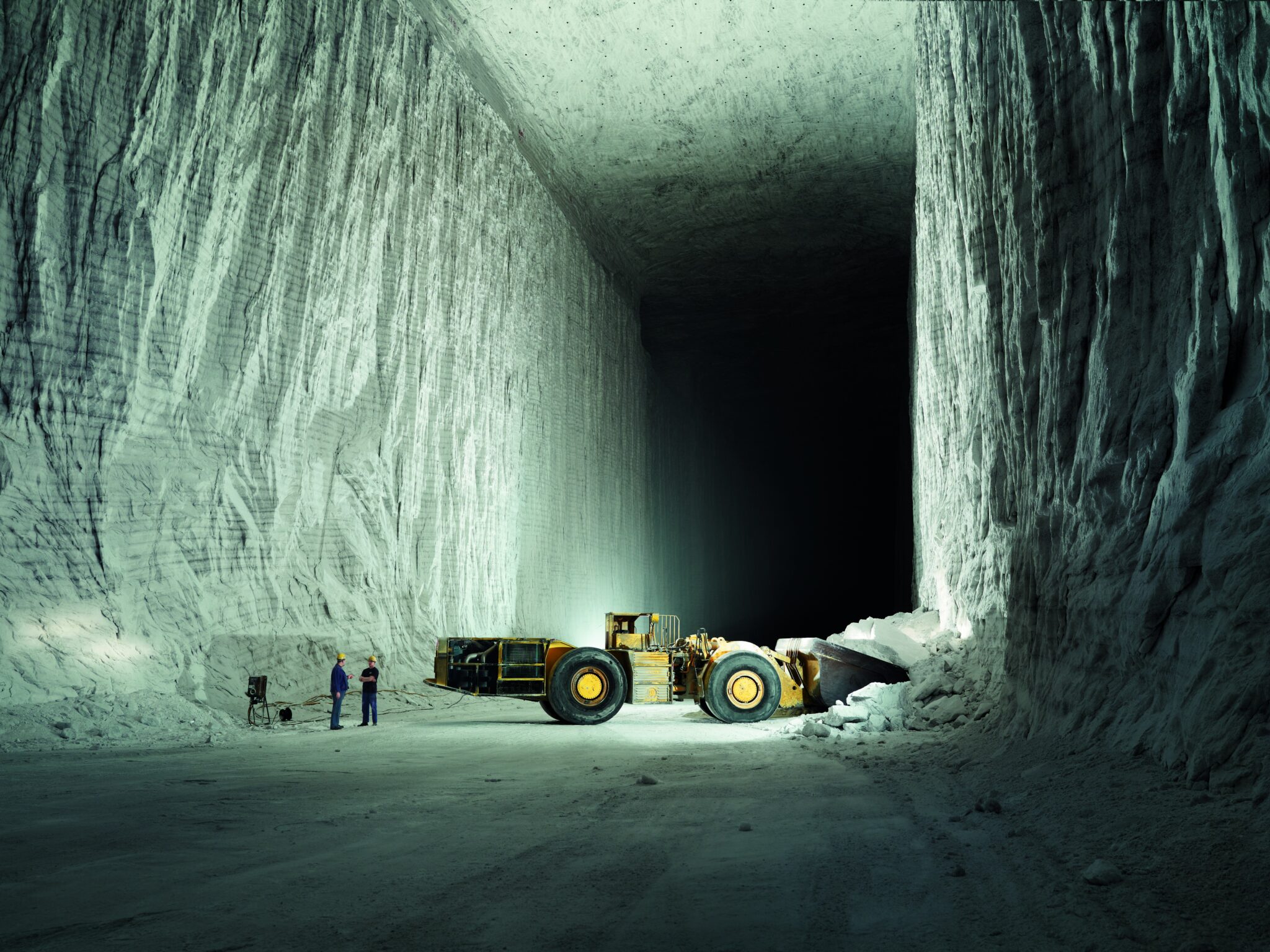Which natural resources are extracted in Germany?
Salts
Latest Update: July 2024
EITI Standard:
Interesting Facts
- Salt has been actively extracted by humans for over 5,000 years.
- The importance of the historical extraction of salt for many towns is often reflected in their names (e.g. Bad Reichenhall, Halle, Bad Salzdetfurth).
- If saline springs were discovered in a town and used for balneological purposes (baths, drinking cures), the epithet “Bad” (spa) was generally added to the town’s name. This ushered in the birth of today’s spas.
- In the mid-19th century, Justus von Liebig discovered the importance of potassium as an essential plant nutrient.
- When miners coincidentally discovered the world’s first known potash deposit while searching for rock salt near Staßfurt in 1856, the first potash mines and works were subsequently established in Germany around 1860.
- As early as in the high-medieval period, the brine pipeline from the Reichenhall mine to Traunstein was one of the first pipelines for natural resources in the world.
- The Werra potash mine is the largest active underground mining area in Germany.
History
In addition to the mineral natural resources described in the following section (vii. Other natural resources), salts are industrial minerals. Industrial minerals are mineral resources that can be immediately used in industry due to their special chemical and physical properties, i.e. without any substance conversion. A distinction is made between rock salt, potash salts and magnesium salts.
Germany has large salt deposits, which are mainly concentrated in northern Germany. Over millions of years, deposits of salts resulted in several 100 m-thick layers. Bavarian and Austrian Alps salt is also millions of years old and has been extracted for thousands of years.
The commissioning of the world’s first potash factory in Staßfurt in 1861 marked the beginning of what is now a 150-year tradition of German potash mining. The extraction of salt by solubilisation, i.e. by making it soluble using water injected via boreholes, or by mining in salt mines, has a long history. People were digging for salt in the Berchtesgaden area as early as the 12th century. In the 16th century a salt mine was built there which is still in operation today.
Economic importance
In 2022, the amount produced in Germany was approximately 14.1 million tonnes of rock salt (including industrial brine) and some 6.0 million tonnes of potash and potash salt products. This is roughly equivalent to a value of €4.0 billion and it accounts for a 1.0% share of GDP. Salts accounted for around 22% of the total value of natural resources mined in Germany in 2022. This means that salts ranked 3rd among all natural resources mined in Germany in terms of economic importance behind natural gas and the aggregates. Domestic production covered 100% of German requirements for salts (2022). With a total production of approx. 5%, Germany was the fourth largest producer of salt in the world in 2022, after China, the USA and India, and also the fifth largest potash producer with around 5% of the world’s total production. In 2022 and 2023, a total of 8,198 and 8,398 persons were directly employed in potash mining in Germany and a further 2,386 and 2,472 were employed in salt mining.1
Extraction
Extraction takes place in Germany in five potash mines (in Hesse, and Thuringia), seven salt mines (in Baden-Wuerttemberg, Bavaria, Lower Saxony, North Rhine-Westphalia, Saxony-Anhalt and Thuringia), six salt works (in Baden-Wuerttemberg, Bavaria, Lower Saxony and North Rhine-Westphalia, and Saxony-Anhalt) and ten solubilisation facilities (in North Rhine-Westphalia, Schleswig-Holstein, Lower Saxony, Saxony-Anhalt and Thuringia), including one operation for the extraction of potash salts (Thuringia).2
Salt and potash mining is carried out in the mines by means of drilling, blasting or cutting techniques or by brining out underground deposits (solubilisation). Brining out is done by introducing freshwater or half-brine into the salt deposits through borehole probes, after which the salts dissolve. The brine is then pumped through a probe and processed above ground in salt works or specialised facilities, where it eventually becomes salt, potash salt and other products.
Uses
Rock salt and evaporated salt is used for commercial and industrial purposes as well as for food and de-icing. Salt is an indispensable natural resource for the chemical industry, e.g. in the production of soda, chlorine and caustic soda. Glass, plastic and aluminium could not be produced without salt. It is used as regenerating salt in water softening plants, in the feed industry, in road services, for snow clearing and in the food industry. Sodium chloride meets particularly high purity requirements as an active pharmaceutical ingredient.
The potash crude salts, which are mainly extracted by mining and to a lesser extent by brine, are mainly used as fertilisers in agriculture. However, they are also used as industrial salt in electrolysis and other industrial processes and are in demand in high-purity form from the food and animal feed industry and for pharmaceutical purposes.
Sources
1 For a detailed source reference, see Endnotes/Sources.
2 Current information on mines and salt works in Germany for potash and salt extraction can be found at Verband der Kali- und Salzindustrie e.V. (VKS)
